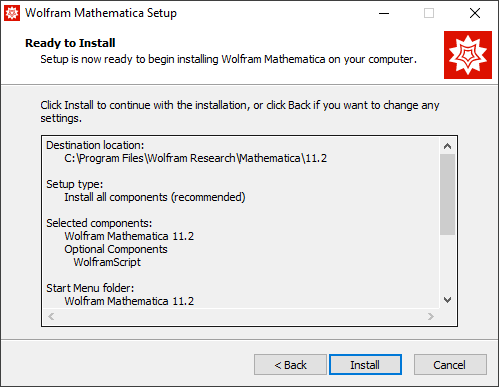

Services Open sub-navigation Close sub-navigation.LastPass Password Manager Toggle sub-navigation.Duo Two-Factor Authentication Toggle sub-navigation.Training Resources Toggle sub-navigation.Technology Support Toggle sub-navigation.New to Georgetown? Toggle sub-navigation.Help and Training Toggle sub-navigation.Research Technologies Toggle sub-navigation.Educational Technologies Toggle sub-navigation.Academic Technology Toggle sub-navigation.COVID Testing, Vaccination and Campus Access Toggle sub-navigation.Business Applications Toggle sub-navigation.Working Collaboratively Toggle sub-navigation.Ordering and Purchasing Toggle sub-navigation.NetIDs & Passwords Toggle sub-navigation.I don't know how much you can understand Mathematica code without knowing the language, but maybe you like it and consider buying a student semester license for ~35 Euro. We have a tutorial on how to install the Wolfram Workbench plugin for eclipse which is the official IDE for developing packages.I wrote a Plugin for IntelliJ IDEA ( QA on our site, GitHub repo for the code).With such a file, the usage of a normal editor makes more sense and there, you have several options A package file ( *.m) is a normal Mathematica file too, but it often contains only the function definitions which are then loaded into a Mathematica session. If your friend would make the effort to put the important function definitions in a package file, it would help you very much. You cannot change or execute something and there are some further issues, but this is what I would try first.

To view such a file, I would suggest you download the Free Wolfram Player which lets you view the contents as you would see it in Mathematica. This will make it almost impossible to separated the things you want to know from the rest. Such things, especially the dynamic and graphical stuff are, although correct Mathematica syntax, highly condensed and hard to read even for advanced users. some meta-information about the notebook itself.partially styled text to document or explain things (this can be mixed with normal code).output of functions were you tested whether your programs are working correctly.dynamicly changeable content for demonstration purpose (like on ).plotted curves and surfaces to help understanding or to gain further insight.If you'd asked whether it will be of much use for you, then I would tend to say no.Ī notebook often used not only to put algorithms and functions in, but rather it contains a lot of test and example code, e.g. The answer to that question is surely yes, because normal notebooks are text-files which can be opened with any text-editor at your disposal. Is it possible for me to open, or import this file in any other piece of software?


 0 kommentar(er)
0 kommentar(er)
